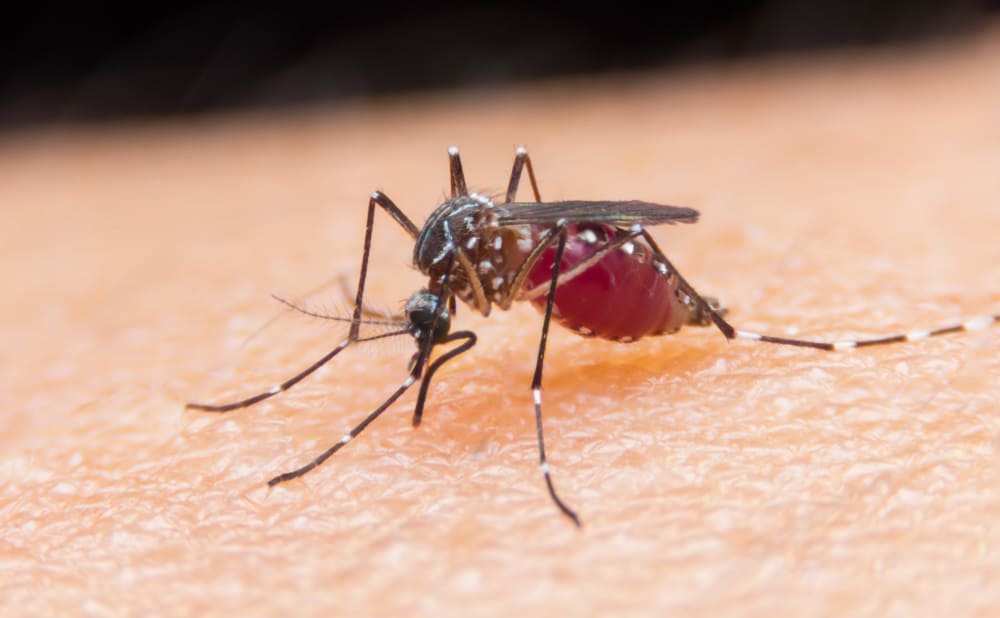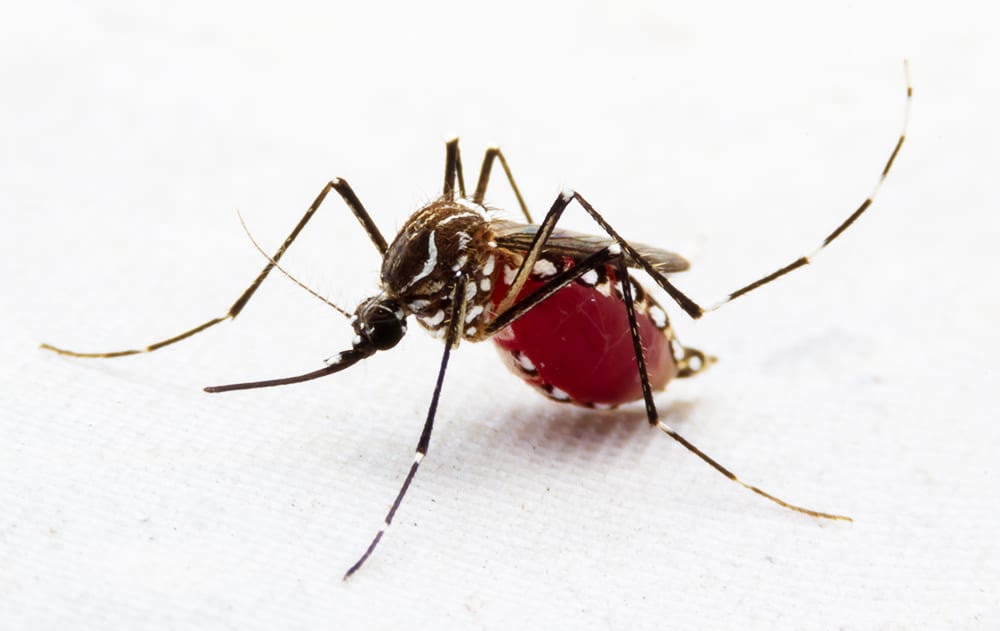Mosquito-borne illnesses are the most common source of disease and death in human beings all over the world. Many of them are very detrimental to one’s health, so there have been many ongoing means to stop these diseases from spreading. In certain countries, diseases like malaria, dengue fever, and West Nile virus impact many lives. These conditions can be hard to diagnose as well as challenging to identify an effective treatment.
Additionally, mosquitoes prove to be very difficult to kill. The West Nile virus is one of the diseases that unfortunately affects a large number of the planet’s population. By discussing what it is, its symptoms, and how you can improve your chances of not contracting the disease, you can take care of your health better. Please keep reading for more information on mosquitoes, the diseases they carry, and how to avoid transmission.

1. Mosquitoes
Few pests are more annoying than a mosquito. These small bugs buzz around you, looking for a place to land so they can feed, and then leave painful, itchy bite marks. Mosquitoes are a part of a group of 3,500 small insects that are considered flies. The word mosquito comes from the Spanish word for “little fly.”

These bugs have slim bodies with a pair of wings and three pairs of long, hairy legs. Mosquitoes also have feather-like antennae and long mouths. Mosquitoes thrive in wet, warm, humid climates. That’s why it’s recommended to not have standing water in your yard because they will camp out there and breed.
